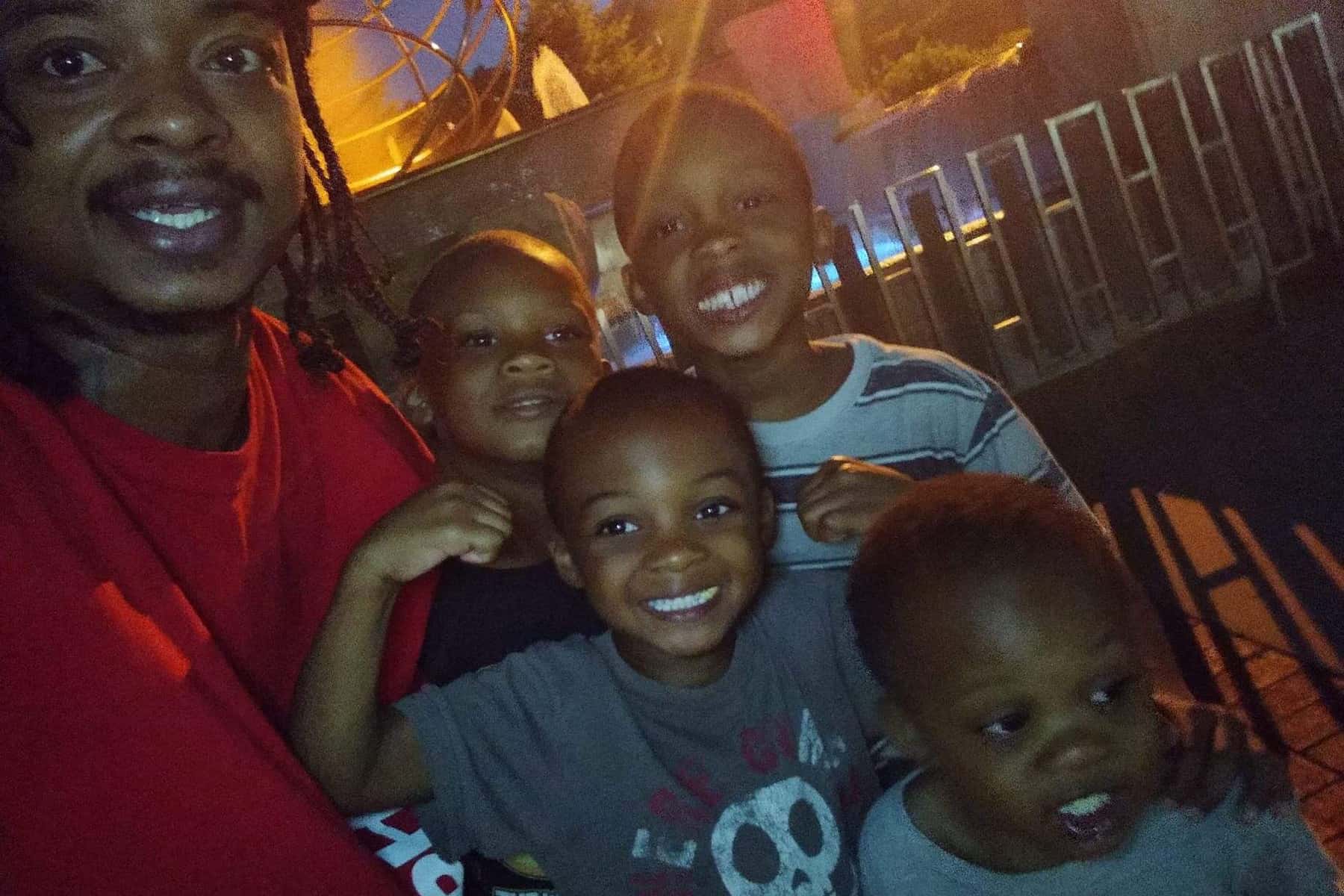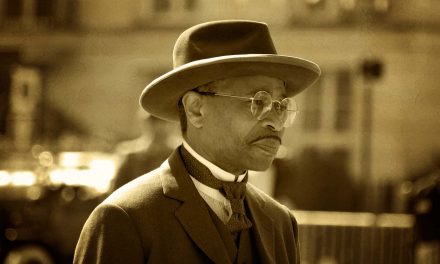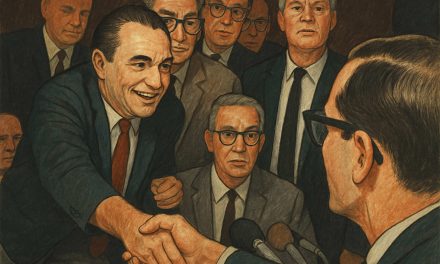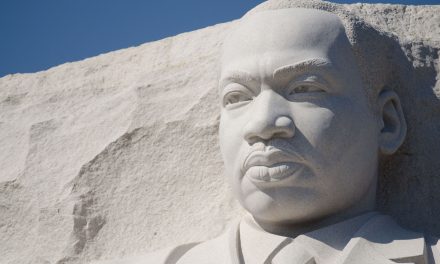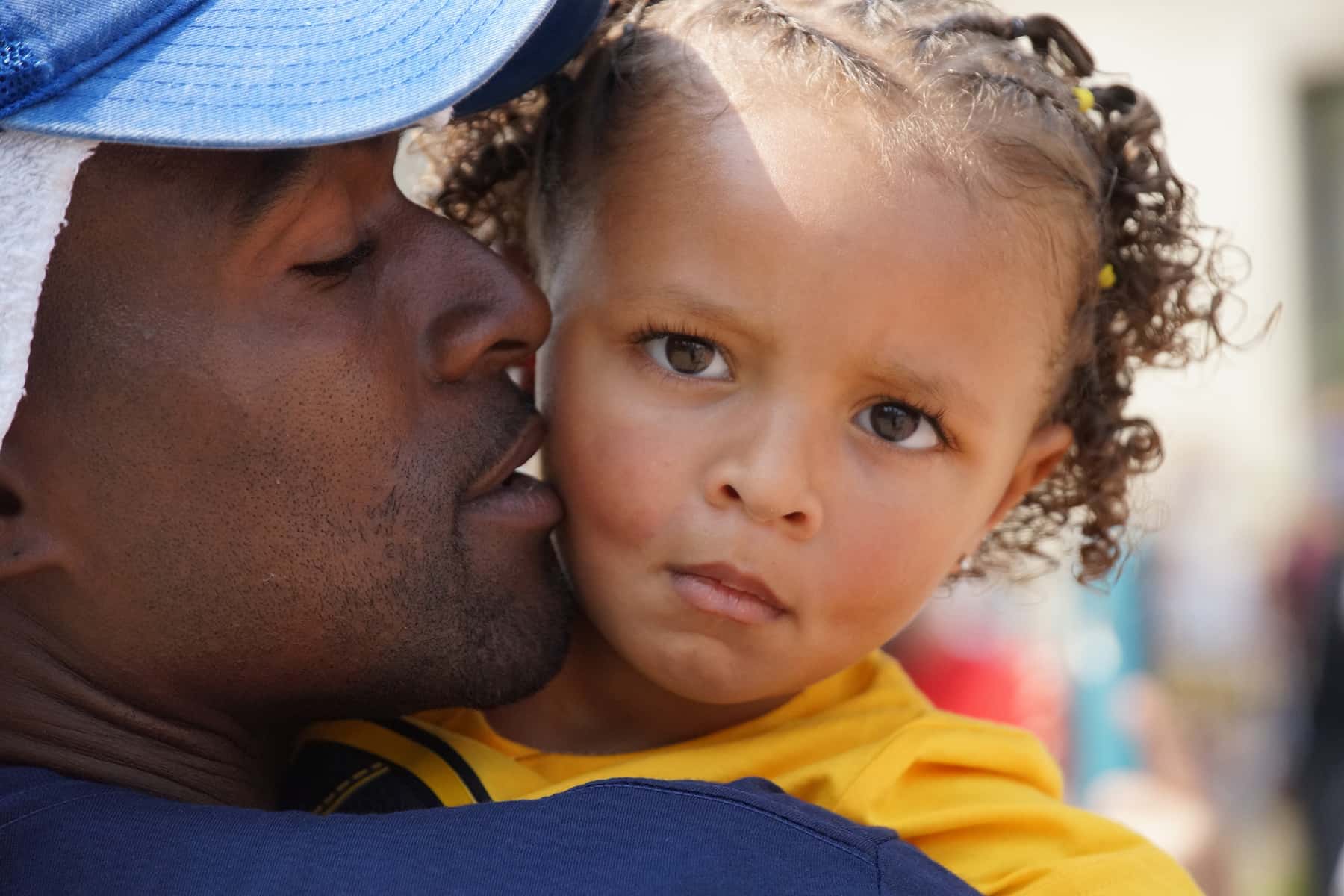
Jacob Blake was shot seven times by a Kenosha police officer on August 23. The story of Jacob Blake is still developing. Leaving those details aside, I want to talk about the other individuals who were inches away from this shocking event, Blake’s children.
Blake’s children are what makes this case even more shocking, and what is being emphasized in news articles titled, “Wisconsin police shoot Black man as children watch from a car” and social media reposts showing humanizing pictures of Blake with his four young boys.
News of a person being shot is already hard to hear. Witnessing or being a victim to gun violence is additionally traumatic. But seeing a person you love at a young age, not grasping fully what was happening in the moment and after, is almost unspeakable. That is what the common temperament is regarding this tragedy. This should not have happened in the first place, but especially not in front of children.
Trauma and its lasting damage
Trauma has a physically, mentally, and emotional impact of damage to the mind that occurs because of a distressing or life-threatening event. Even though the concept of trauma has been talked about since the mid-1800s, the more clinical diagnosis, known as Post-Traumatic Stress Syndrome (PTSD), was not formulated until 1980 with the publication of the third edition of the Diagnostic and Statistical Manual for Mental Disorders.
The treatment and in-depth understanding of trauma is relatively new. There has been amazing work done in the past, but there are still great strides to be made, especially when it comes to children who experience trauma.
A Child’s Trauma
There is a lack of research that investigates how trauma affects psychological processes in youth populations, especially when considering the cultural components of their trauma. That is not to say there are individuals and professionals who do not care. However, it is hard to recognize and understand trauma within youth populations from an immediate therapeutic and policy perspective.
From an immediate therapeutic perspective, vocalizing trauma within adults is already a challenge because our mind’s like to create narratives, but trauma disrupts and violates a person’s life. For children, it is not just harder to articulate verbally their trauma – what happened to them – but emotionally processes it. “Childhood trauma is radically different from traumatic stress in fully formed adults.”
From a policy perspective, Dr. Bessel van der Kolk, who is well known for his book The Body Keeps the Score: Brain, Mind, and Body in the Healing of Trauma, advocated tremendously to have a more focused research and diagnostic system for childhood trauma. However, when Dr. van der Kolk and other members proposed a new trauma diagnosis for victims of interpersonal trauma at the time of DSM-IV’s publication in 1994, it was denied without consultation.
Dr. van der Kolk wrote in his book published in 2014, “To this day after twenty years and four subsequent revisions, the DSM and the entire system based on it fail victims of child abuse and neglect – just as they ignored the plight of veterans before PTSD was introduced back in 1980.”
It was not until 2001 that the National Child Traumatic Stress Network was established and before that, there was “no comprehensive organization dedicated to the research and treatment of traumatized children.” At the time of the publication of Dr. van der Kolk’s book, eighty-two percent of the traumatized children seen at the National Child Traumatic Stress Network did not meet diagnostic criteria for PTSD.
Now that there are more communities, research organizations, and professionals advocating for further in-depth investigation into childhood trauma, two things need to be seriously considered as the issue moves forward – the cultural context surrounding a child’s trauma and the media mediation of it as well.
Cultural-based Trauma
Cultural trauma occurs when members of a group collectively feel that they were subject to distressing events that have altered their present consciousness and identity in substantial ways. The reason why culture should be considered when evaluating trauma within children is because on a basic level, “the brain is a cultural organ – experience shapes the brain.”
On a more complex level, the life experiences that a Black child will endure are different from the life experiences a White child will endure. A lot of the foundational research on childhood trauma has been on Caucasian adults who were given questionnaires and surveys – like the Adverse Childhood Experience [ACE] – asking about their childhood experiences. Similar surveys, however, were created based on life events that were not inclusive to life events relevant to marginalized groups on subjects like immigration, police brutality, and such. Nevertheless, efforts are being made to create more inclusive questionnaires for clinical and research settings.
The trauma that Blake’s children have experienced is not just about seeing a person get shot, but seeing their father get shot. Their father was not shot by a stranger, he was shot by a police officer. This incident did not take place in a foreign land, but within their community neighborhood – and their car.
The layers of trauma these young boys will feel and are feeling is not just limited to them alone but their community as well. These kind of distressing events have and continue to alter the Black community’s identity.
“Our culture teaches us to focus on personal uniqueness, but at a deeper level, we barely exist as individual organisms. Our brains are built to help us function as members of a tribe.” These boys and other children of color are not suffering alone, and that is evident in how the media is projecting their trauma.
Trauma Displayed by the News Media
The engagements of media and mental health are still ongoing and not fully understood. Nevertheless, recent findings show that media coverage of collective traumas, defined as a traumatic psychological effect shared by a group of people of any size, up to and including an entire society, may trigger psychological distress in individuals outside a directly affected area or community.
Repeated exposure, in which the foundational research of these findings came from the Boston Marathon bombings, to the distressing event-related media exposure was associated with higher acute stress than direct exposure.
What this means, in regards to the Kenosha shooting, is that even though many people were not physically there or actually harmed, many communities around the nation felt the psychological distress. This was due to their sensitivity to the issue, perhaps from a personal identification to the situation, and the amount of exposure they are enduring.
It is not new that members of Black communities are being harmed in different forms by the law – police, justice system, and mass incarceration. The trauma that is specific to Black communities has even provoked Dr. Joy DeGruy Leary to coin the term Post Traumatic Slave Syndrome. It is a theory that explains how many of the adaptive survival behaviors of African American communities throughout the United States and the Diaspora is a condition that exists as a consequence of multigenerational oppression of Africans and their descendants resulting from centuries of slavery.
These traumas are not being talked about or worked through in a therapist office, but are circulating everywhere from news outlets, to social media, and the media arts like television and music. These layers include:
- A person is shot by another person.
- A black man is shot by a police officer.
- A black man is shot by a police officer in front of his children.
- This incident is making local news.
- This incident is now not just local, it is now national news.
- The national and local news reports are being posted on multiple different social media platforms.
- Social media users from all different types of communities are posting their reactions.
- Media users and reporters are posting the name of the victim and pictures of his children.
- The media sharing is having people call to action: calling representatives, protests, and such.
All of this, within not even twenty-four hours, has gone from an individual distressing event to a national distressing event. This can be very emotional and overwhelming for anyone.
Now imagine being a child
The trauma that these young boys are facing is unique on several levels. The trauma of watching their father being shot by a police officer is specific to their culture and how the media is displaying their individual and collective suffering. Like many families that have had to endure similar traumas, they will not be able to mourn or work through their trauma in privacy.
Social support within interpersonal and community settings is a necessity, especially because of the physical, emotional, and mental toll trauma takes on a child’s development. By understanding the complexity of the situation around these young boys, more empathetic and collective actions towards children in this unique time of crisis can be developed. This can be accomplished by recognizing and “focusing on a shared history of trauma and victimization alleviates their searing sense of isolation.”
Lee Matz and Ben Crump via Twitter
The featured image presented with this column is not of Jacob Blake’s child, but was taken on August 24 in Kenosha during a protest to represent the children of the community. The secondary image is of Blake and his family.

